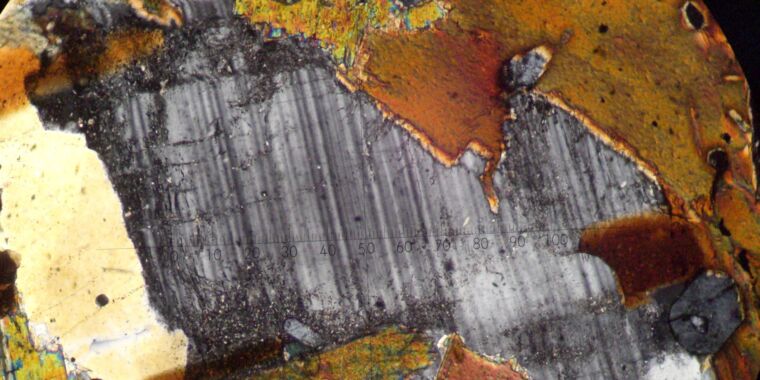
Chmee2/Wikimedia CC-by-SA
Scientists have understood for years that silicate minerals react with CO2 and water to remove CO2 from the atmosphere, acting as a thermostat that kept Earth’s climate broadly stable over billions of years. But how sensitive is that thermostat? To find out, scientists need to scale up lab measurements to fit the real world, but it has been impossible to reconcile the lab work with the real-world measurements made in soils and rivers.
This gap in our understanding has hampered efforts to model Earth’s long-term carbon cycle and climate, making it hard to predict exactly how effective silicate weathering, both natural and artificial, would be at removing CO2 from our atmosphere.
In a paper in the journal Science, professor Susan Brantley and her team from Penn State University have found a way to quantify silicate weathering’s response to temperature consistently at all scales, from lab measurements and real-world measurements in landscapes to the whole world. In doing so, they have identified the kind of landscape that has the most influence on Earth’s thermostat.
“It’s an ambitious effort… to synthesize a wide variety of studies across different spatial and temporal scales into a single, unifying framework,” said professor Jeremy Caves Rugenstein of Colorado State University, who was not involved in the study.
A ground-up approach
“It always really bothered me—we were making these global models, but I couldn’t even go from a flask [in the lab] to the soil out in my backyard,” Brantley told Ars.
It’s impossible to reproduce in the lab all the myriad effects of a mineral’s journey from bedrock to breakup to dissolving and interacting with plants, microbes, and groundwater before ultimately flowing into an ocean. “You have so many processes that are all coupled together that you end up with a temperature sensitivity that’s different than in a laboratory,” said Brantley.
Consequently, scientists have disagreed about how sensitive weathering is to temperature changes on a global scale.
Brantley’s team tackled the problem by gathering an enormous number of observations that she and her students had collected over many years, and they compiled data from over 200 published papers. To make sense of the data, Brantley focused on the most important drivers and tracers of weathering reactions at all the different scales. “I really think by crossing spatial and temporal scales like this, it forces you to think about what’s important,” said Brantley.
Where others attempted to scale up weathering reactions using rock types, Brantley’s team instead concentrated on the most abundant silicate mineral within those rocks: feldspar.
Feldspar dominates the chemical reactions responsible for removing CO2 from the air; those reactions also generate most of the sodium dissolved in river water (making seawater salty). Brantley’s team used sodium as a proxy to calculate the amount of silicate weathering happening in river catchments around the world. This setup helped the researchers avoid problems with other cations generated by silicate weathering (mainly potassium, calcium, and magnesium), which are complicated by other processes that use these elements.
They looked at the extent of weathering in dozens of soils spanning a range of average annual temperatures and rainfall around the planet. The team also used prior studies of how long those soils had been weathering; the studies relied on beryllium-10, an isotope generated when minerals are exposed to cosmic rays at the Earth’s surface. Soils with a lot of beryllium-10 on their surface have been stable for a long time, so they aren’t exposing fresh silicate minerals to react with CO2.
In a parallel exercise, the team looked at the sodium produced by weathering in a variety of river catchments in different climate zones. When this data was combined with the soil data, they finally made sense of the mismatches between the laboratory, different locations in the real world, and the globe as a whole—unified by the same fundamental thermodynamic equation that governs how chemical reaction rates change with temperature (the Arrhenius equation).
“What surprises me is that you can make it match across these different spatial scales. It just takes a lot of thinking to do it,” said Brantley.








